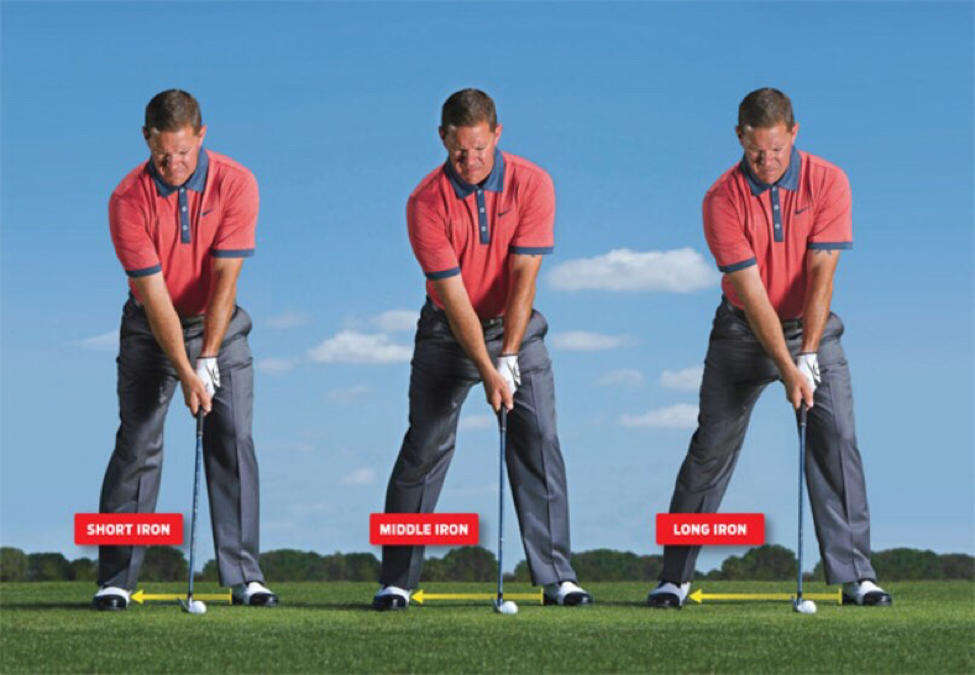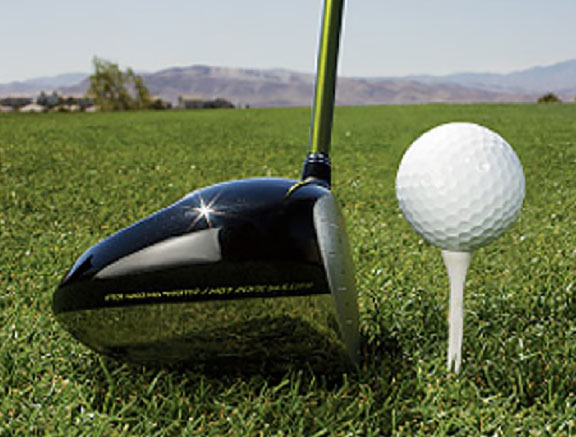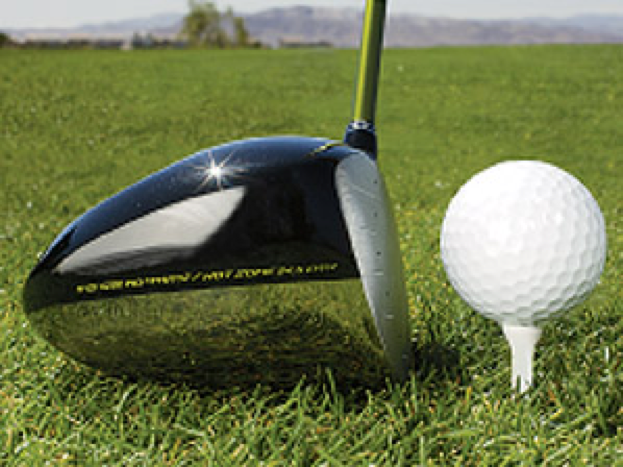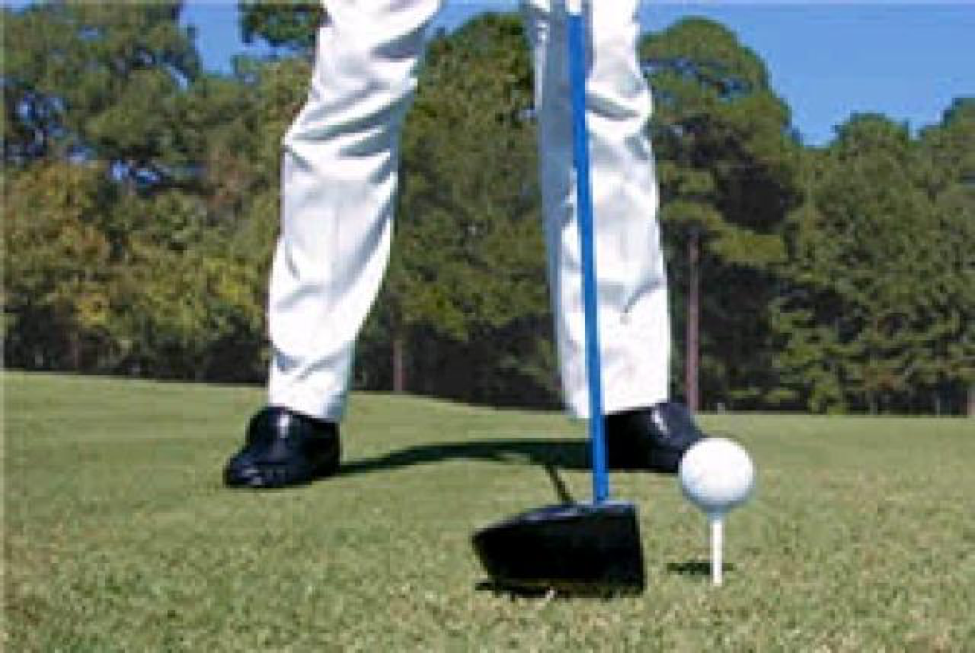SET-UP (part 2)
You cannot have a good golf swing without a good set-up. It’s fundamental to anyone who wants to start golfing or reach that next level. Even a good swing will not work with a bad set-up. With a bit of practice you can develop the set-up of a world class player.
• Jack Nicklaus: “If you set up correctly, there’s a good chance you’ll hit a reasonable shot, even if you make a mediocre swing. If you set up to the ball poorly, you’ll hit a lousy shot even if you make the greatest swing in the world.”
• David Leadbetter: “What invariably distinguishes a good player from a poor one is their respective address positions or setups.”
When I refer to set-up I mean:
1. Grip.
2. Posture
3. Alignment
4. Ball position,
5. Distance from the ball
6. Ball height (when teeing off).
7. Pre-shot routine (the mental and physical aspect). I like to include it in the set-up because it is part of what you do before hitting the ball.
In my last newsletter I talked about the first three. The next three will be covered in today’s newsletter, followed by the per-shot routine (physical and mental).
Ball positions:
Play the ball in the same position with all you clubs. Here, Sean Foley (Tiger’s ex-coach) demonstrates the correct ball position…

You might have been told that your ball position should change depending on the club you’re using. For shorter irons, many people contend that the ball should be played in the middle of the stance, but hitting longer clubs requires the ball position to be more forward. Their reasoning: Shafts vary in length, so you need to adjust because each club will bottom out in a different place.
The problem with changing your ball position for every club is that it becomes guesswork as to where the ball should be played to hit it solidly and a reliable distance. For example, you might hit your 9-iron 130 yards on one swing, but then hit it 140 on the next because your ball position changed a little.
A far more reliable way to ensure you control your distance is to play the ball in the same spot — no matter what club you’re using. To tailor your address position to match the club’s length, all you have to do is change the width of your stance (above). The longer the club, the wider the stance. You’ll notice that your right shoulder tilts slightly lower than your left as your stance widens.
So where exactly should you play the ball? If you drew an imaginary line from your left shoulder joint, at address, to the ground, this would represent the low point of your swing. Because you want to make ball-first contact and then have the iron bottom out just in front of the ball, you should play it just under your left pectoral muscle. The width of your stance will become second nature once you continue to keep the ball in the same spot.
DISTANCE FROM THE BALL
There is no ONE perfect distance from the ball. There are different body types and swings. I would suggest that you use an impact label or Dr. Scholl’s foot spray and hit some balls. You will be able to see exactly where you are making contact. If you tend to be towards the toe if the club, move up slightly. If you hit towards the heel move back a bit. You can also see how consistent your contact is. That might be a bigger eye opener for you than what you may think.
Generally, you want your arms hanging from your shoulders in a relaxed position. Tom Watson demonstrates this very well below.

Try this…take your posture with your club. Now release the club and let your arms relax loosey-goosey. Do your hands move away from your body? If yes you are too close. Do your hands move towards your body? Then you are too far from the ball.
Do you swing over the top and slice the ball? Try standing farther from the ball…this might force you to swing more around. Is your swing too flat and you have a tendency to hook the ball? Try standing closer…it will force you to swing more upright.
The tee height
How high should you tee the ball?

Generally speaking in normal conditions half of the ball should be above the crown of the club.

At the low tee height, the top edge of the ball was
even with the top edge of the driver so that the entire ball was below the crown. Do this when you are hitting against the wind.

At the high tee height, the bottom edge of the ball was slightly above the top edge of the clubface so that the entire ball was above the crown. Tee it high when you are with the wind. Play the ball well forward, off your toes, and swing up on the ball. I aim a little to the right of the fairway because the ball has a tendency to draw. The ball will launch higher with less backspin and fly longer.

Take a driver with a loft of 10 degrees 10 degrees is only at the equator. A half-inch higher on the face, the loft changes to 12.6 degrees; a half-inch lower, and it’s 7.4 degrees. When you tee the ball higher, you have a better chance of swinging up on it and hitting the top part of the clubface, which launches the ball higher and with less distance-robbing spin.
Conversely, in some windy conditions teeing the ball lower might make sense to help keep it below the treeline. With the ball teed lower, you’ll tend to hit slightly down on it and make contact lower on the clubface. When you do that, the ball flies lower and with more spin. The lower flight can help reduce the effects of the wind, and you’ll get more control on the ground because more backspin means less roll.
